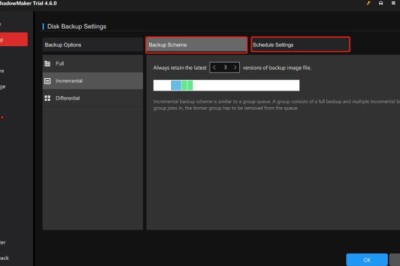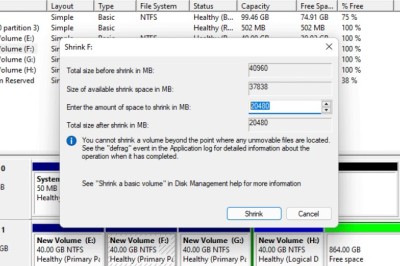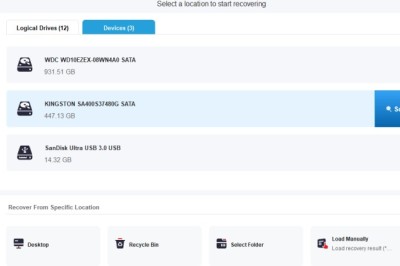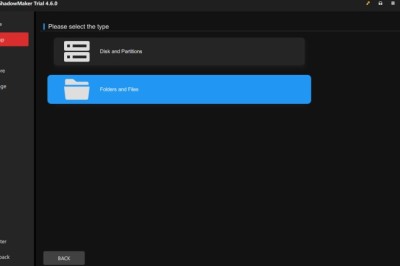views

Image: Freepik
You don’t have to be a tech expert to protect your business from online threats — but you do need to care. Whether you’re just starting your entrepreneurial journey or have years of experience behind you, cybersecurity is no longer optional. Hackers and data breaches don’t just target big corporations; they prey on overlooked vulnerabilities, especially in small and midsize businesses. With the right approach, you can safeguard your operations without drowning in jargon or complexity. Let’s walk through what matters, what works, and what to do next.
Why Cybersecurity Matters
Cybercrime isn’t a distant threat — it’s a daily one, and it’s hitting small businesses harder than you think. Beyond just lost data or downtime, breaches can erode customer trust, stall operations, and trigger fines or lawsuits. The risks of cybercrime have become more devastating in both scale and frequency for business owners. When customers trust you with their data — emails, payments, even identities — that trust becomes your responsibility. One slip, and the reputational cost can outweigh any short-term gain. Cybersecurity isn't just defense; it's protection for your brand, your community, and your peace of mind.
Quick Wins to Start Now
Start simple. You don’t need a six-figure IT budget to make meaningful improvements today. Begin with simple actions like software updates, which close the door on many of the most common entry points for attacks. Activate two-factor authentication for logins and back up your critical data routinely — off-site or in the cloud. Remove admin access from unnecessary user accounts and stop using the same password across multiple platforms. These might seem like small moves, but they stack quickly into serious protection. The fewer doors you leave open, the harder it is for someone to sneak in.
Deepening Your Expertise with Online Education
If you're serious about securing your systems, there’s a point where tutorials and blog posts just aren’t enough. A formal cybersecurity degree track gives you the structure to move from reactive fixes to proactive design, helping you understand everything from risk modeling to secure architecture. For business owners, the ability to study online means you don’t have to hit pause on your operations to build real skills. Think of it as upgrading both your knowledge and your confidence — with credentials to match. It’s a long-term investment in your business's digital future.
Everyday Defenses
Security doesn’t have to slow you down — but it does have to be built into the flow of your daily operations. Start by locking down the basics. Using basic protections such as firewalls can go a long way toward deterring casual attempts to access your network. Encrypt your Wi-Fi, separate guest access from internal use, and change default router credentials. Don’t leave sensitive files on shared desktops or unlocked folders. Schedule routine scans for malware and viruses — and make sure you know how to interpret the results. Cybersecurity isn't just about prevention; it's about knowing where you stand at all times.
Building Security Culture
It’s not just about tools — it’s about people. You could have the strongest software in the world, and it still won’t save you if your team clicks a malicious link or reuses a weak password. Build habits. Talk openly with your employees about cybersecurity expectations. Run short, practical trainings quarterly. Set clear policies on remote access and personal devices. Most importantly, make sure that shifting the culture around digital responsibility isn’t treated like an afterthought. When your team understands the why behind each rule, they’re far more likely to follow it — and flag things that feel off before they become problems.
Tools & Technology Basics
You don’t need to chase every new app or gadget. The real power lies in using a few dependable tools the right way. Password managers can prevent lazy habits, while encrypted cloud storage protects client data from prying eyes. Pay attention to your hardware too — a neglected router with outdated firmware can become the weak link in an otherwise solid chain. When your systems work together and stay updated, you reduce friction and increase your safety baseline without adding chaos to your day.
Evolving Over Time
Cybersecurity is not a one-and-done checklist. Threats change. Tools evolve. Your business grows. That’s why staying informed — and flexible — is non-negotiable. Make it part of your quarterly planning to revisit your cybersecurity practices. Schedule a brief audit or review. Set a calendar reminder to check for system updates and evaluate whether your needs have shifted. Keep an eye on cybersecurity trends, especially those tied to cloud platforms, AI automation, and customer data handling. Growth without updated security is like building higher walls on a crumbling foundation.
Cybersecurity can feel like a moving target, but the goal is always the same: reduce your risk without paralyzing your progress. As an entrepreneur or business owner, you already balance a hundred moving parts. Cyber hygiene should be one of them — embedded into the rhythm of how you operate. Don’t let fear or tech intimidation hold you back. You can protect what you’re building with smart choices, clear habits, and a willingness to evolve. Because in the long run, it’s not just about avoiding disaster. It’s about building something resilient — something that lasts.
Discover a world of insights and innovation at WONGCW and stay ahead with the latest in technology, business, and lifestyle trends!




















Comments
0 comment